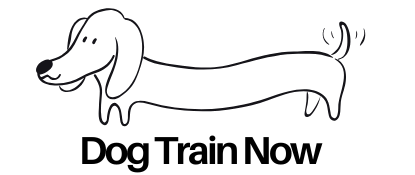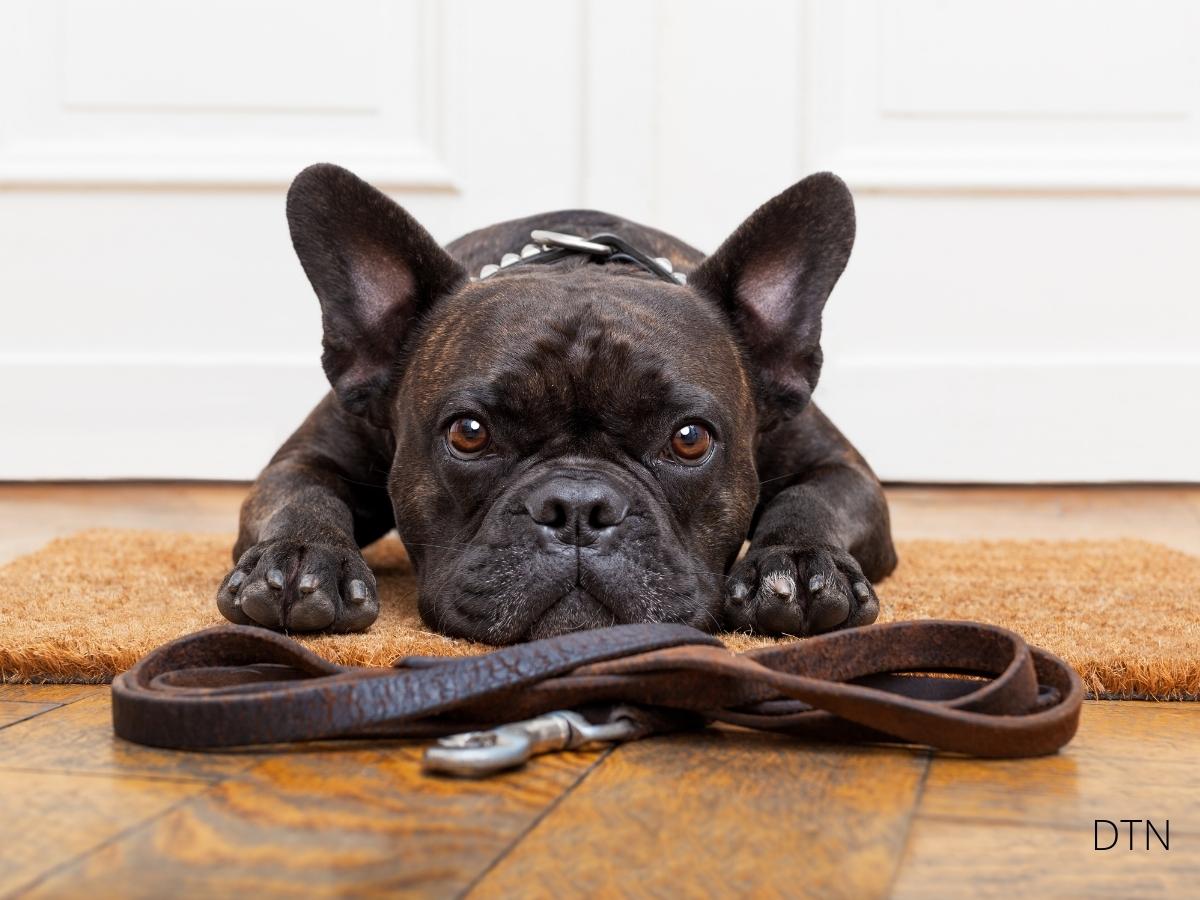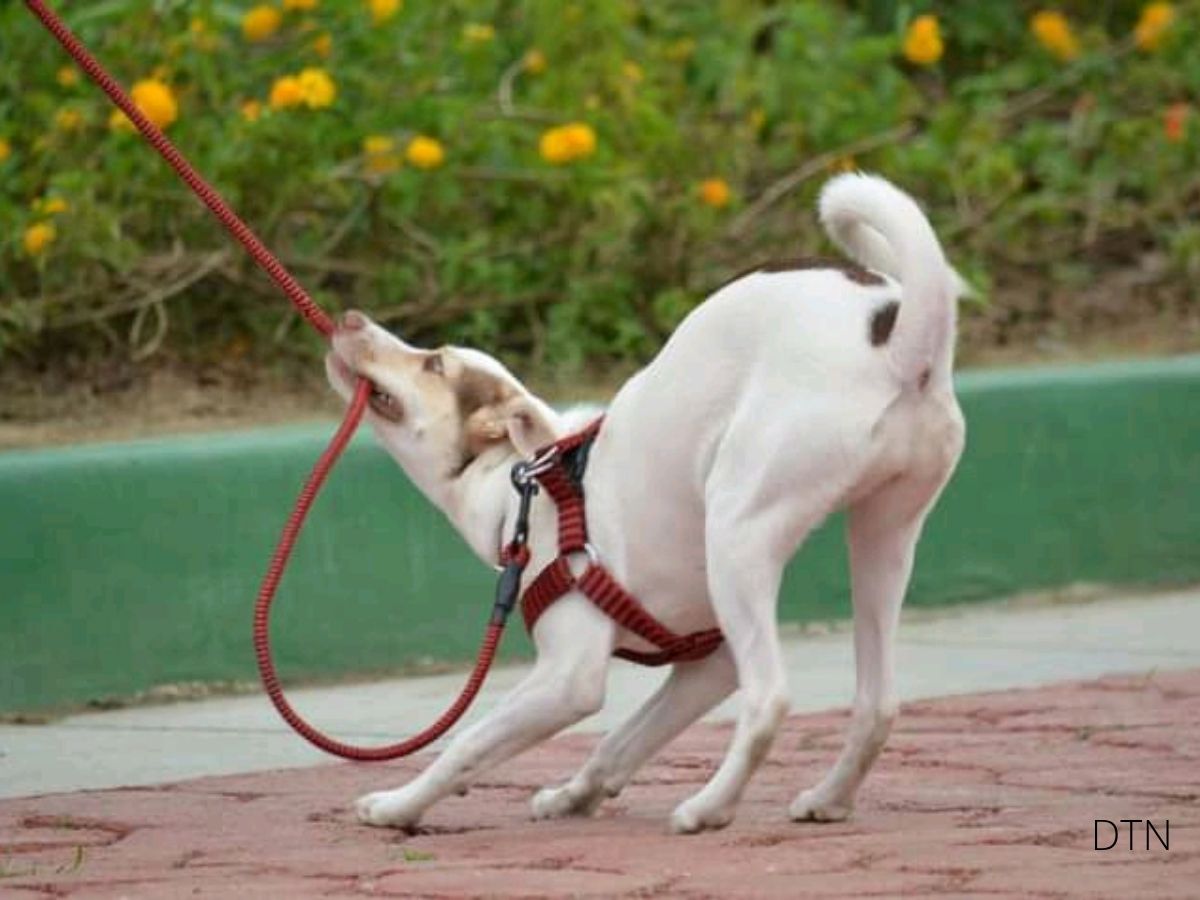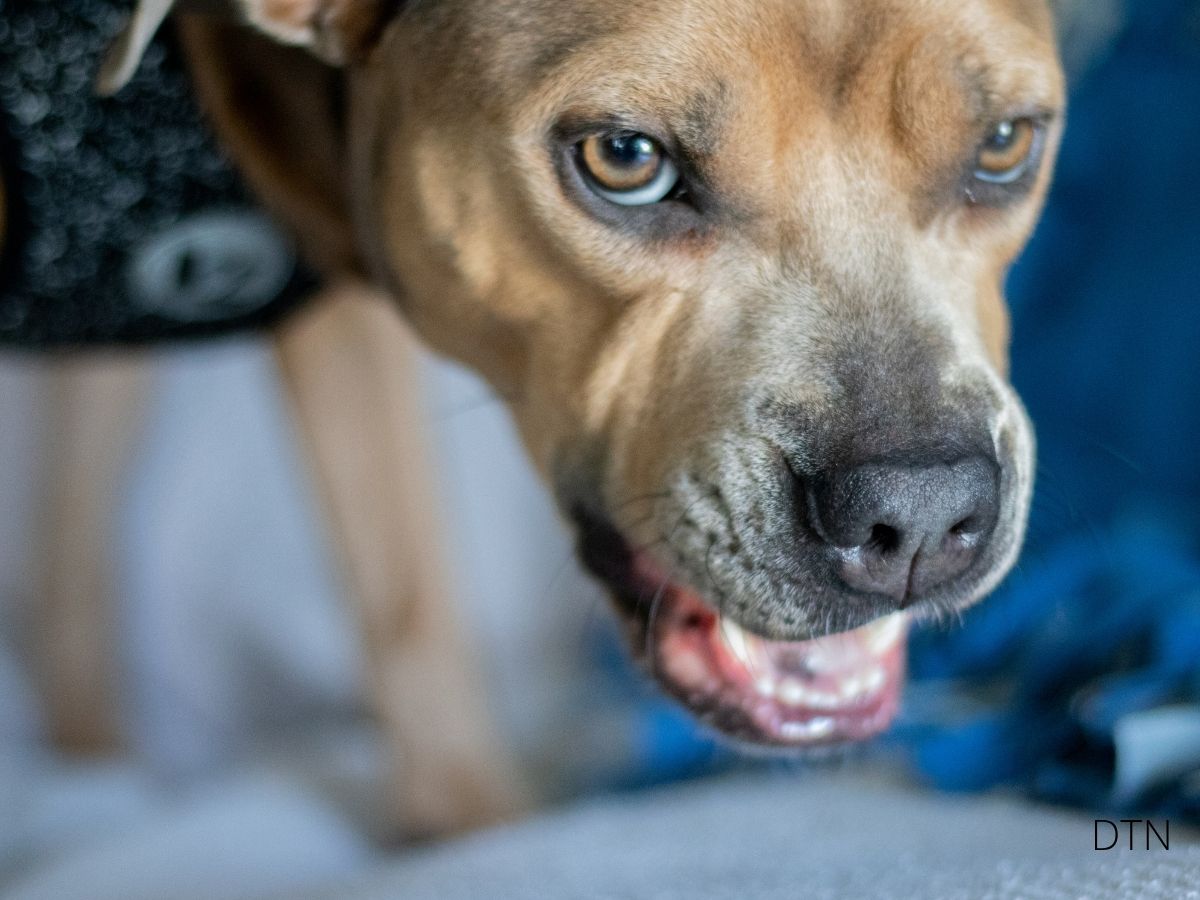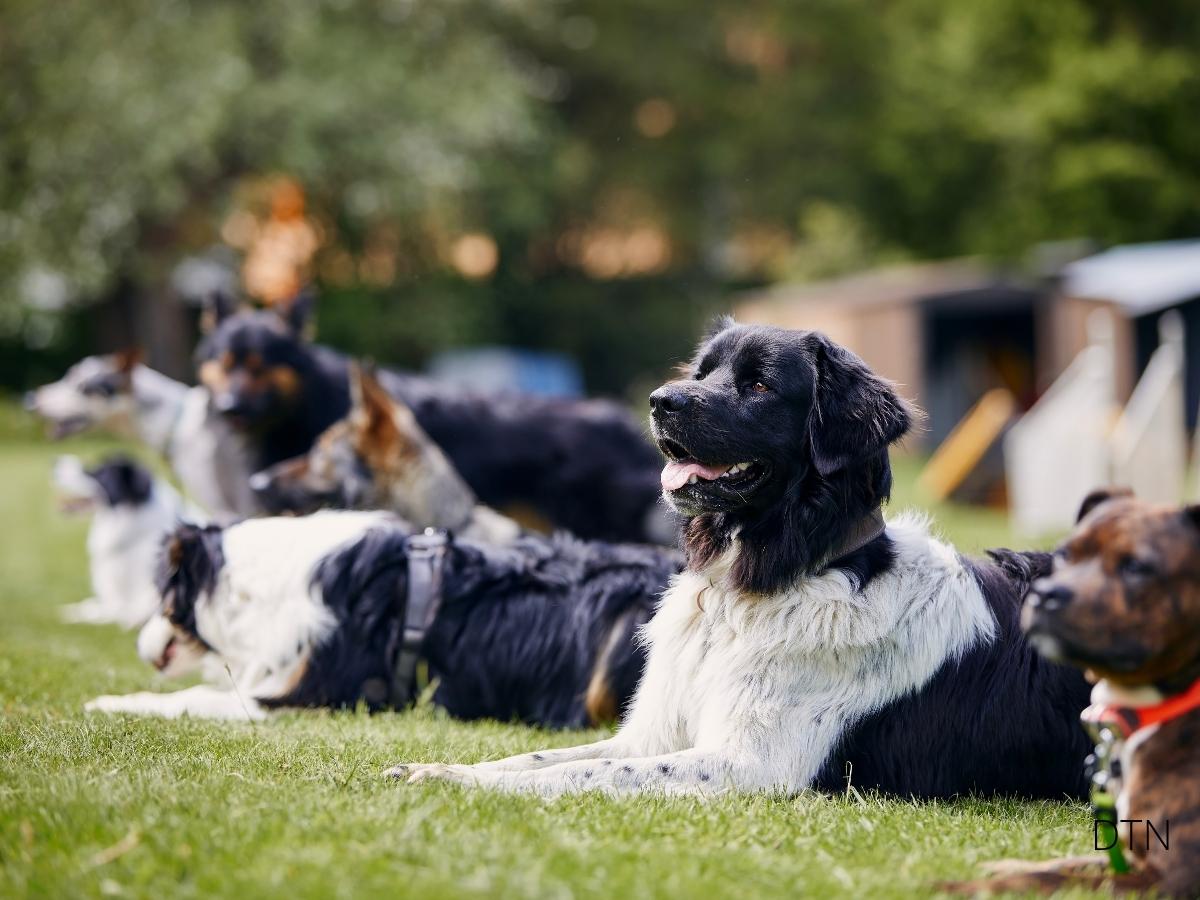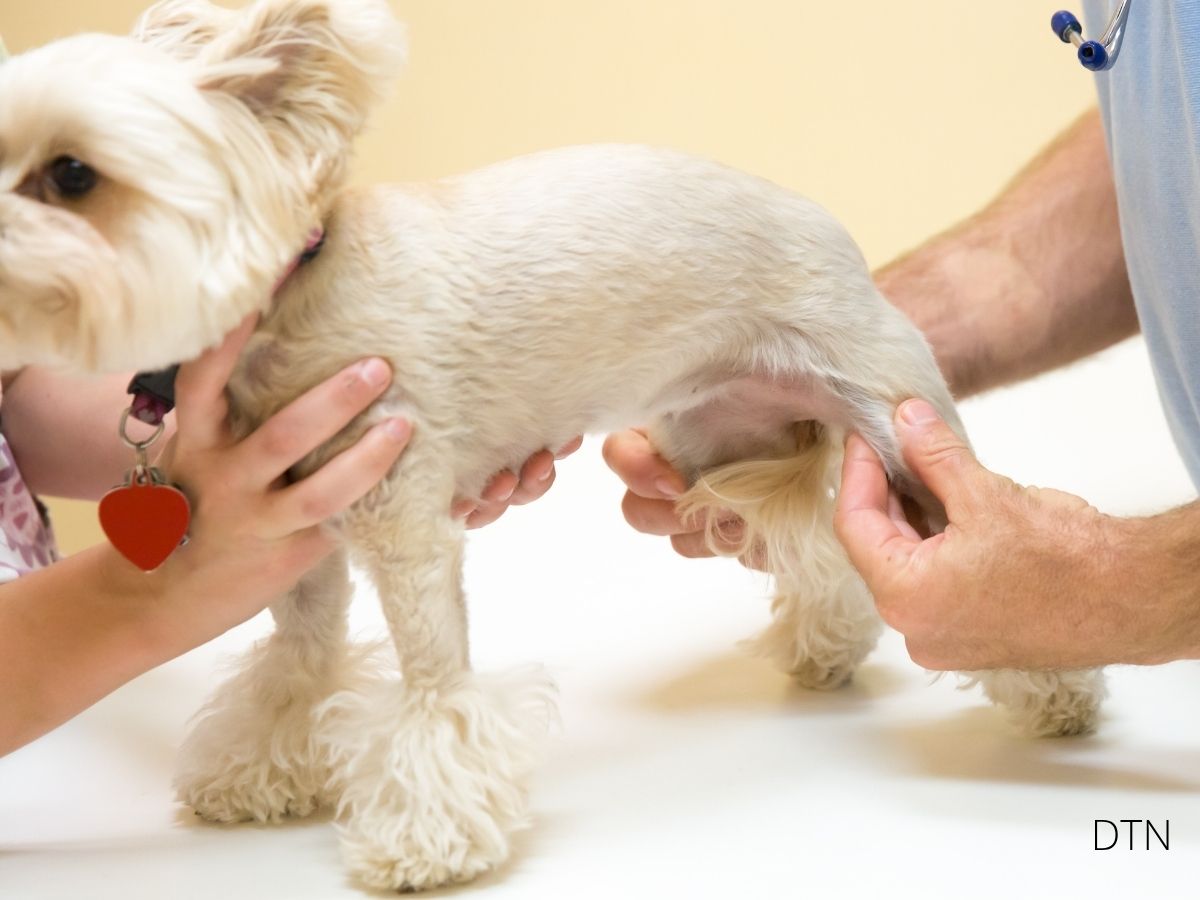Introduction: Beyond Simple Obedience
Have you ever watched your furry friend vibrate with barely contained excitement at the sight of their leash, or noticed how some dogs naturally radiate calm while others seem perpetually wired? The ability to wait isn’t just about following commands—it’s a sophisticated form of emotional discipline that shapes every aspect of your dog’s well-being, from stress management to your mutual bond.
When we teach dogs to wait, we’re engaging the same brain regions responsible for impulse control and decision-making in humans—the prefrontal cortex and basal ganglia. This practice literally rewires your dog’s neural pathways, transforming an anxious, reactive companion into a confident, regulated partner who can navigate our overwhelming world with grace. 🧠
Understanding the Neuroscience of Calmness
The Brain-Body Connection
Beneath every moment of canine calmness lies a complex dance of neurotransmitters. Serotonin acts as the brake pedal, helping inhibit unwanted behaviors, while dopamine provides motivation for future rewards. When your dog successfully waits, these chemicals work in harmony, creating focused anticipation rather than anxious arousal.
The transformation is measurable—dogs practicing regular waiting exercises show decreased cortisol (stress hormone) levels and a shift from sympathetic arousal (“fight or flight”) to parasympathetic dominance (“rest and digest”). You’ll notice this in their body language: initially tense muscles relax, breathing deepens, and that focused alertness replaces frantic energy.
Progressive Relaxation Signals to Watch:
- 0-5 seconds: Tight muscles, focused staring, held breath
- 5-15 seconds: Softening facial muscles, first deep breath
- 15-30 seconds: Soft eye blinks, relaxed jaw, natural breathing rhythm
- 30+ seconds: Gentle sighs, ability to look away from rewards, settled posture
Building Emotional Discipline: The Training Framework
Progressive Duration Method
Start with micro-moments—just one second of stillness before meals. These brief successes build confidence and create positive associations with impulse control. Your progression should be invisible to your dog: if they handle three seconds easily, try four tomorrow.
Environmental context matters enormously. A dog might wait 30 seconds in your kitchen but struggle with five at the park. Rather than viewing this as failure, recognize it as an opportunity to build portability. Practice short durations in new environments, gradually increasing time as confidence grows.
Weekly Progression Guide:
- Weeks 1-2: Master 5-second waits in 3 home locations
- Weeks 3-4: Extend to 15 seconds indoors, add mild distractions
- Weeks 5-6: Achieve 30-second indoor waits, introduce 5-second outdoor practice
- Weeks 7-8: Build to 1-minute familiar waits, 15-second public waits
Distraction Training
The goal isn’t creating a robot but rather a dog who acknowledges distractions without being controlled by them. Begin with minimal distractions—a toy placed nearby—and gradually increase complexity. When your dog glances at a distraction then refocuses, celebrate this conscious choice!
Trust as Foundation
Every waiting exercise fundamentally builds trust. Your dog must believe you won’t forget them, that rewards will come, and that following your guidance leads to positive outcomes. This requires absolute reliability—if you ask for a wait, always provide the release. Forgotten releases erode the foundation you’re building.
Breed-Specific Adaptations
Working/Herding Breeds
Border Collies and Australian Shepherds need waiting reframed as a job. Use cues like “settle duty” that signal this stillness requires the same focused attention they’d bring to herding. Reward the intensity of their calmness, not just its presence—that fierce concentration on stillness deserves recognition.
Terriers
These hunters need acknowledgment of their prey drive. Begin in low-stimulation environments, using puzzle toys as waiting rewards to satisfy hunt sequences. Teach “prey pause” exercises where you trigger mild interest then reward disengagement.
Guardian Breeds
Great Pyrenees and similar breeds need “watchful waiting”—maintaining calm positions while visually monitoring their environment. Position them where they can observe during exercises rather than facing walls, respecting their guardian nature.
Companion/Toy Breeds
Small breeds often struggle with anxiety-based hyperarousal. Use “supported waiting” with you nearby, gradually increasing distance. Platform training with a special mat provides portable security. Your calm confidence becomes their permission to relax.
Every snack you make, every meal you bake, every bite you take, I’ll be watching you.
– Unknown
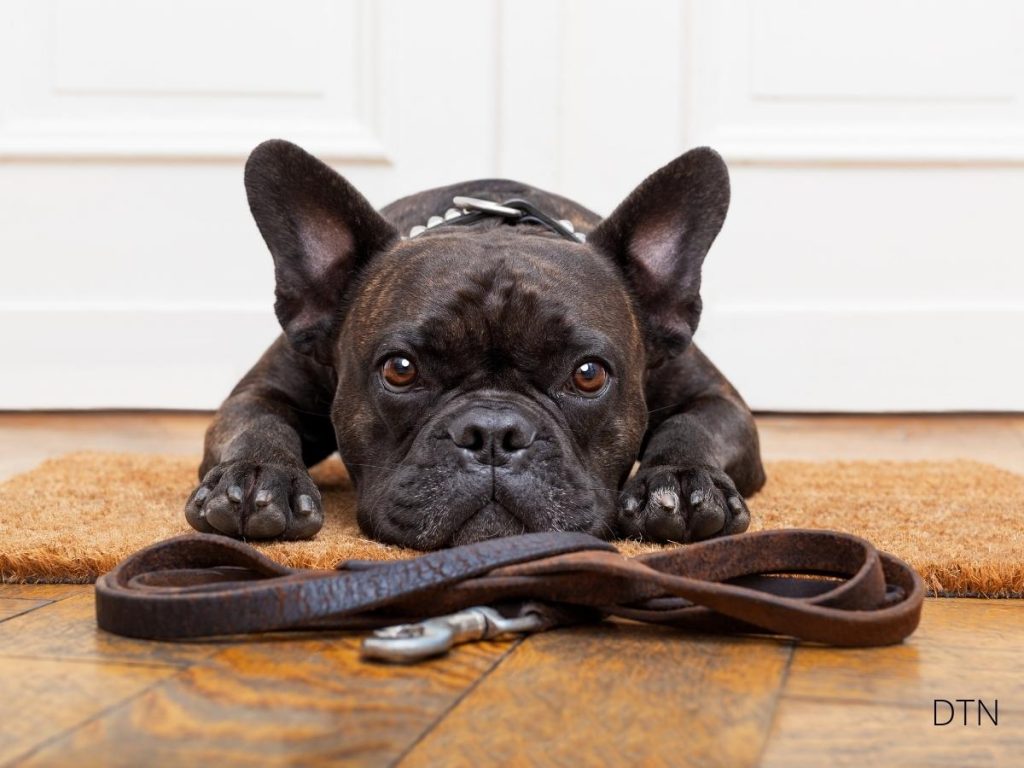
The Human Factor: Your Psychology Matters
Emotional Contagion
Your stress hormones create an invisible communication channel with your dog. When you approach training while anxious about performance, your body releases cortisol your dog can literally smell. This triggers their stress response, making calmness impossible.
Before training, check yourself: “Am I genuinely calm, or performing calmness while stressed?” Your dog knows the difference. Try the 4-7-8 breath before sessions: inhale for 4, hold for 7, exhale for 8. This activates your vagus nerve, triggering relaxation your dog immediately senses.
Consistency Across Handlers
When family members have different approaches, dogs learn to discriminate between handlers rather than generalizing skills. Create simple, universal rules: dogs wait before eating, going through doors, or receiving attention when excited.
Family Consistency Essentials:
- Universal visual cues (raised hand for “wait”)
- Posted reminders at doors and feeding stations
- Weekly 5-minute family check-ins about progress
- Designated “lead trainer” for complex work
- Celebration protocols for milestones achieved
Practical Daily Applications
Mealtime Management
Transform feeding chaos into calm ritual. Start requiring just one second of stillness before placing the bowl. Gradually build to having your dog wait while you prepare food, walk to their spot, and even after placing the bowl until released.
Dogs eating from calm states digest better and learn that patience brings rewards—a lesson generalizing throughout their day.
Door Safety
Doorway waiting isn’t just convenience—it’s life-saving. Begin with interior doors where stakes are low. Ask for waiting while opening slightly, gradually progressing to stepping through before releasing them. This pause at thresholds prevents bolting and creates connection moments that could prevent tragedy.
Multi-Dog Harmony
In multi-dog households, implement “turn-taking” where dogs wait while housemates receive attention. Group waiting exercises create a culture of emotional regulation, with calmer dogs modeling for more impulsive ones. 🐾
Troubleshooting Common Challenges
The Anxious Dog
For dogs with anxiety, begin with “pseudo-waiting”—simply rewarding natural stillness without cues or expectations. Use environmental supports like pheromone diffusers, calming music, and anxiety wraps. Watch for stress signals: excessive drooling, trembling, or whale eye means you’re pushing too hard.
Age Considerations
Puppies under 4 months should practice 1-2 second waits initially—the goal is introducing concepts, not perfect performance. Senior dogs may need position modifications (lying vs. sitting) and shorter durations. Sudden changes in waiting ability might indicate pain or cognitive decline worth investigating.
Medical Factors
Thyroid imbalances, undiagnosed pain, and certain medications affect impulse control. Some dogs’ neurological conditions make waiting exercises particularly challenging. Always inform trainers about medical conditions and medications.
Creating a Culture of Calmness
Your home environment profoundly influences success. Create designated calm zones—specific mats where settling is regularly rewarded. These spaces become associated with physiological calmness, making that state easier to achieve.
Begin public practice in semi-controlled environments like friends’ yards during quiet times. Focus on success over duration—brief victories in challenging environments build more confidence than long waits in easy ones.
As your dog develops emotional regulation, you’ll notice unexpected improvements. The dog who learned dinner patience might spontaneously show grooming calmness. This ripple effect extends to every interaction—veterinary visits become easier, guests feel comfortable, and your dog becomes a true partner rather than a management project.
Advanced Progressions
Once basic waiting is mastered, introduce “zen games” where dogs wait with treats inches from their nose. Duration challenges can extend to practical situations—remaining calm during lengthy vet procedures or while you have extended conversations.
For dogs recovering from trauma or anxiety, waiting exercises rebuild confidence through predictability and success. The mental effort provides enrichment during physical recovery periods, preventing boredom-related problems.
Conclusion: Starting Your Journey Today
Teaching calmness through waiting isn’t about creating a sedated dog—it’s about developing a confident companion who can navigate challenges with resilience. Your anxious rescue learns to pause and assess. Your exuberant puppy discovers that calmness brings rewards. Your working dog maintains enthusiasm while gaining an off-switch.
Begin Today With These Simple Exercises:
- One-Second Victory: Ask for one second of stillness before your dog’s next meal
- Door Pause: Count to three before opening any door
- Calm Greetings: Wait for four feet on floor before acknowledging your arriving dog
- Treat Patience: Toss a treat, have your dog wait before retrieving
- Mat Settling: Reward every 30 seconds of calm mat behavior during TV time
Remember, you’re not just teaching a command—you’re giving your dog cognitive tools for lifelong emotional resilience. Every moment of waiting builds neural pathways toward a calmer, more connected life together. In that brief pause before their next meal, you’re beginning a transformation that touches neurotransmitters, reshapes behavior, and ultimately creates the harmonious partnership you both deserve. 🧡
